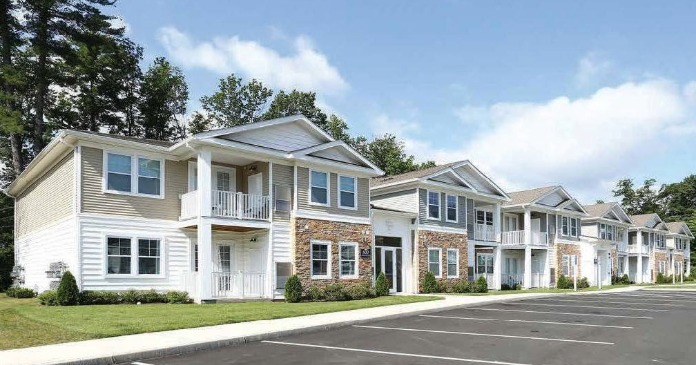
The tenant association hopes to convert the adjacent complexes, with 11,232 apartments, into a condominium or cooperative under a plan in which residents could buy their apartments or remain as rent-regulated tenants. In what would be the largest conversion in the country, the tenants are seeking to preserve Stuyvesant Town and Peter Cooper’s role as an affordable home for teachers, nurses, firefighters, small-business owners and others like them.
This time, the tenants have a deep-pocketed partner, and they are hoping that the lenders who control the property will sell it to them, rather than to another heavily leveraged owner who might try to displace longtime residents in favor of higher-paying tenants. Presumably, the price would be at least equal to the original mortgage, $3 billion. The lenders, or bondholders, are represented by CW Capital.
“We hope that CW Capital recognizes the historic importance of this community and what the tenants are endeavoring to do,” said City Councilman Daniel R. Garodnick, a lifelong resident who is working with the tenant association. “We look forward to putting together a plan that will not only satisfy CW’s bondholders but also protect the long-term stability and affordability of our community.”
The tenant association tried to acquire the 80-acre property during the real estate boom in 2006, when the longtime owner, Metropolitan Life, put it on the auction block. Instead, MetLife sold the property for a record $5.4 billion to Tishman Speyer Properties and BlackRock Realty.
But in early 2010, the new owners, burdened by huge debts, unrealistic financial projections and intense opposition from tenants and their advocates, defaulted on $4.4 billion in loans. Several pension funds, the Church of England and the government of Singapore lost hundreds of millions of dollars they had invested.
The 14-member board of the tenant association voted recently to form a partnership with Brookfield Asset Management, which owns and manages 50,000 apartments, to explore buying the property. Brookfield was one of 13 junior lenders in the 2006 deal that lost a total of $1.4 billion. It has previously worked with CW Capital.
Barry S. Blattman, senior managing director at Brookfield, said that the tenant association was eager to “take matters into their own hands.” Given the difficulty in obtaining financing for large real estate deals, he said, the condominium structure, in which tenants buy their apartments, might be the best way for CW Capital to get the highest price for the property now.
The tenant association and Brookfield have not worked out the details of a proposal, but several people involved in the discussions said that an unspecified number of apartments, perhaps 10 percent, would permanently remain as rentals. Residents could buy their apartments at a discount with restrictions on reselling, or at near-market rates with fewer restrictions.
“This is the beginning,” said Al Doyle, the tenant association’s president and a second-generation resident. “We’re trying to take control of the destiny of Stuyvesant Town and Peter Cooper in order to keep it an affordable property.”
CW Capital said last year that it would consider a sale to the tenants. But since then, the company has said it wants to clear up some litigation first. In 2009, the State Court of Appeals ruled that the property’s owners had improperly deregulated some apartments and raised rents while getting tax breaks from the city. Negotiations to set new legal rents for those apartments are continuing.
In recent months, the owners and the tenants have indicated that they may be close to a settlement.
Author: Charles V. Bagli, The New York Times















